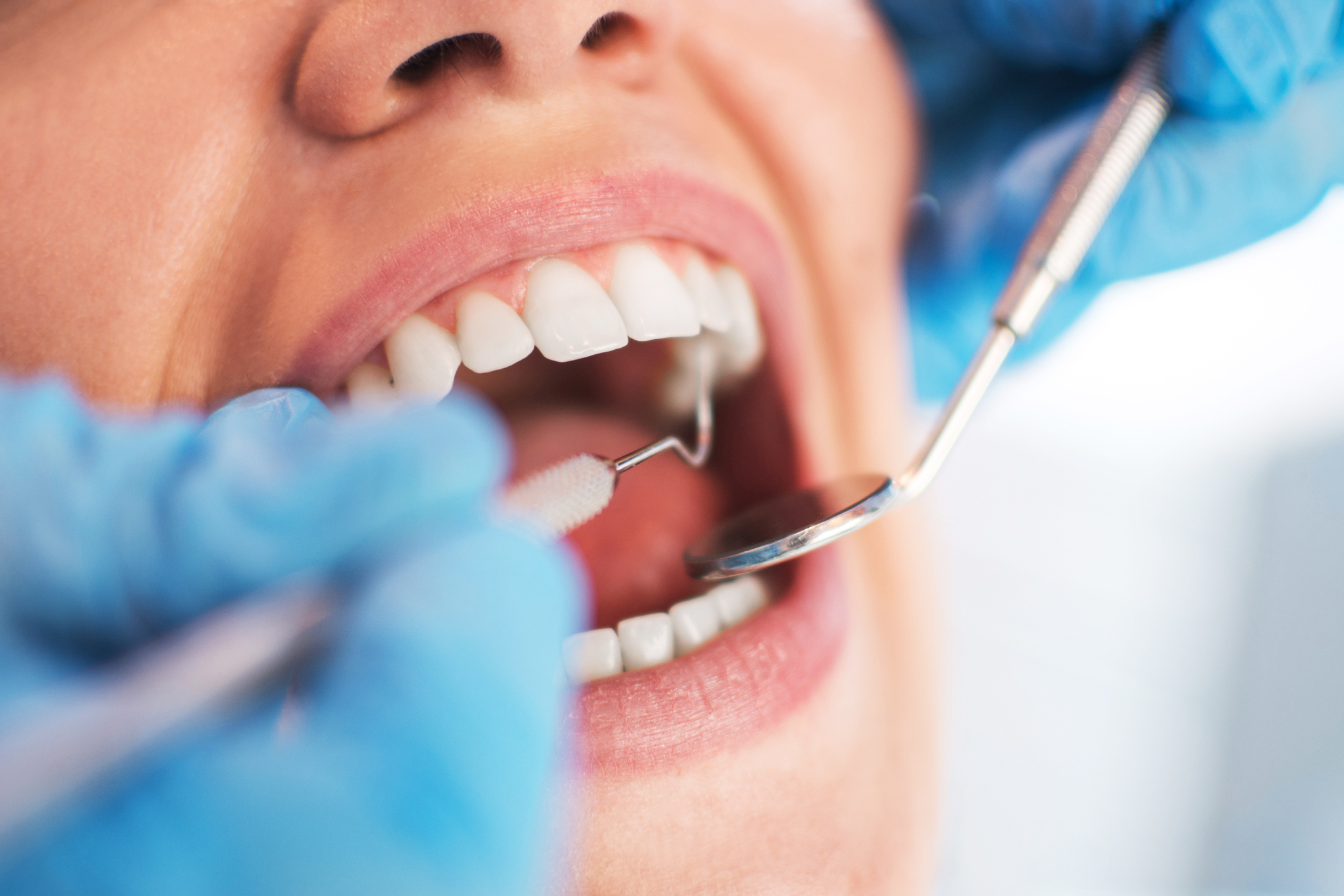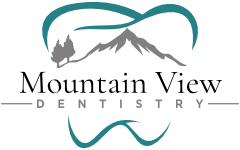What is oral cancer?
Oral cancer is the abnormal growth of cells in the oral cavity. This may include the lips, tongue, mouth and throat. There are two types of oral cancer: the type that develops in the mouth, called oral cavity cancer; and the type that develops in the back of the mouth at the top of the throat in an area referred to as the oropharynx, called oropharyngeal cancer.

Oral Cancer FAQs
What can people do to reduce their risk of developing oral cancer?
The single most important way to reduce the risk of developing oral cancer is to reduce the risk factors, stop using tobacco and evaluate drinking habits. If a person uses tobacco or is a heavy drinker and is over the age of 40 their dentist should evaluate the oral cavity annually with a visual examination, including the use of an adjunctive screening device to increase the visibility of potentially cancerous tissue. If a person has one of the additional risk factors for oral cancer, they should speak with their dentist about concerns for developing oral cancer.

